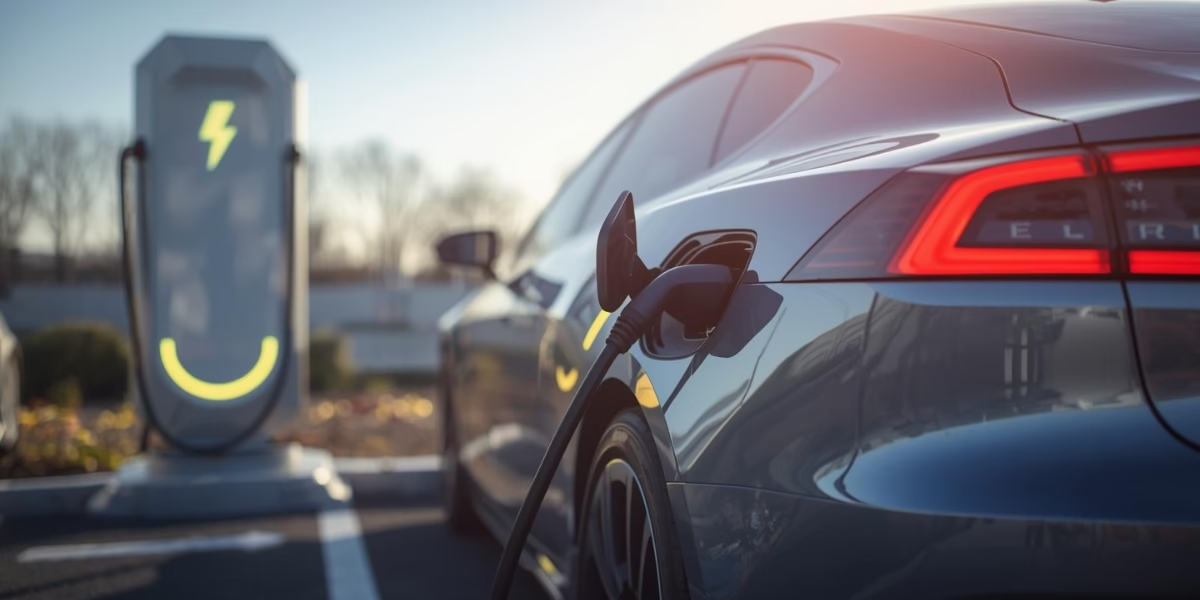Discover how SMC/DMC resin is revolutionizing electric vehicle design lighter weight, improved safety, eco-efficiency, and better performance across motors, battery systems, and body panels.
What Are SMC and DMC Resin?
SMC stands for Sheet Molding Compound. DMC stands for Dough Molding Compound. Both are composite materials. They contain thermosetting resins, fillers, glass fibres, catalysts. They cure under heat and pressure. They become rigid and strong.
Why the Electrical Vehicles Industry Picks SMC/DMC Resin?
Electric vehicles (EVs) demand new materials. They need lighter weight. They require better thermal management. They demand safer electrical insulation. They also aim for cost efficiency and sustainability. Here, SMC/DMC resin hits many marks.
Key advantages include:
Weight reduction. Composite parts made with SMC resin are lighter than many metal parts. That improves battery range.
Shape flexibility. SMC and DMC molded parts can take complex shapes. That allows design freedom in body panels, battery boxes, and interior trims.
Electrical insulation. DMC materials offer excellent insulating and dielectric performance. That is vital for motors, battery systems, and charging units.
Thermal and corrosion resistance. EVs run hot. Harsh environments attack materials. Composite parts resist corrosion. DMC/SMC can endure thermal cycling, moisture.
Where SMC/DMC Resin Is Used in EVs?
Resin finds use in several EV components. These are parts where its properties matter most.
Body Panels and Exterior Components
Manufacturers use SMC resin to make fenders, bumpers, fascia, and other body panels. They are molded to tight tolerances. They resist dents, corrosion, and finish well. Lighter panels lower overall vehicle mass. That increases EV range.
Battery Enclosures and Boxes
Safety and thermal management matter here. Using DMC resin or SMC resin for battery boxes gives insulation. It protects against leaks, fire risks, and external elements. It also helps in maintaining temperature stability.
Electrical Insulators and Connectors
High-voltage parts like insulators, connectors, DC-DC converters use SMC/DMC resin. These resins prevent arcing, maintain safety under high voltage, to resist heat and moisture. They also meet regulatory insulation and flame-retardant standards.
Challenges & Constraints
Even though SMC/DMC resin brings many benefits, some challenges remain:
- Mechanical strength vs metal. While strong, composites may not always match the stiffness of metals in certain load conditions. Designs must account for that.
- Thermal management. Resin composites trap heat if not properly designed. EVs need efficient cooling and conduction paths.
- Cost of high-performance grades. Premium composites with high fibre loadings and special fillers cost more. Scaling cost-effectively is key.
Future Trends of SMC/DMC Resin in Electrical Vehicles
What comes next? Several trends shape how SMC/DMC resin will evolve in EV parts.
- Hybrid composites. Combining resin composites with metals or other materials to get both strength and weight reduction.
- Improved resins. Resins with better thermal conductivity, flame resistance, and durability under harsh conditions.
- Advanced manufacturing. Automation, better mould design, faster curing, additive fillers will help reduce cost and improve yield.
Concluding Thoughts:
Electric vehicles are reshaping how we build vehicles. SMC/DMC resin plays a central role in this shift. It lets designers reduce weight, improve safety, and maintain performance.
By using resin in body panels, battery enclosures, insulators, and motor parts, EV makers gain a lot of advantage. However, success depends on smart design, good materials, and cost control.
In short, SMC/DMC resin is more than just a material. It is a tool. It helps build EVs that go further, last longer, and cost less over time.
COMPANY INFO
Website: www.crestresins.com
Phone: +91 9879233188
Email: enquiry@crestresins.com
Address: 605/A, 6th Floor, Tower D, Times Square Grand Office, Sindhubhavan Marg, Near Taj Hotel, Ahmedabad, Gujarat - 380059

